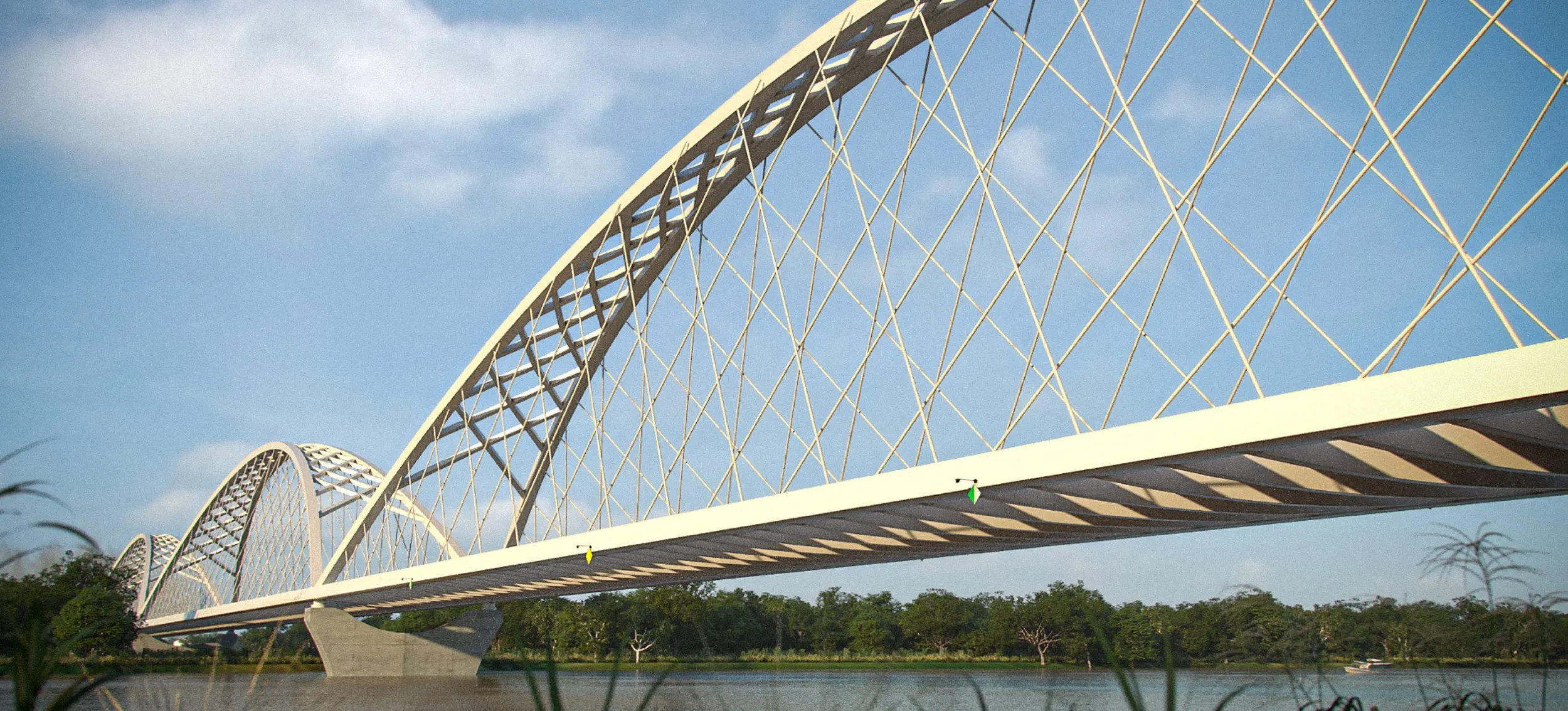
Hungary’s transport minister has defended his controversial decision to build a €750 million bridge over the Danube River close to the town of Mohács.
At the end of 2023, János Lázár announced plans for a two-lane bridge close to the border with Serbia. The government hopes that the new crossing will take some of the freight traffic from further east that now crosses Serbia, heading for points in western Europe.
At a recent transport press event, according to the Telex newspaper, Lázár reiterated that it would be good for the local Mohács economy if more freight traffic were to follow Hungary’s M6 motorway and not the M5 motorway and Croatia’s A3 Motorway, both having heavy traffic volumes. Telex noted that the M6 is also a toll road.
A public tender was won last year by Duna Aszfalt. A design for the 750m-long three-arch structure, with a cycle path, has now been completed by Hungarian civil engineering firm SpecialTerv as part of the planned four-lane 19km road connecting motorway M6 and local road 51.
The bridge is in a lightly populated area, noted Telex, with Mohács’ population being only 17,000. But Lázár suggested that the bridge could be the start of making the area more of a transport hub.
The opening of the bridge in 2026 will coincide with the 500th anniversary of the Battle of Mohács. The event marked the end of the medieval Hungarian kingdom and the beginning of Ottoman rule over more than a third of the country and which lasted around 150 years.









